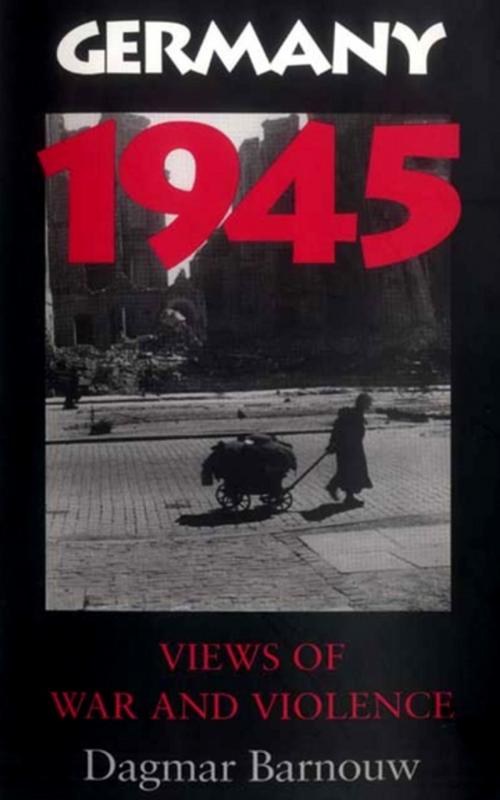Germany 1945
Views of War and Violence
Nonfiction, History, Germany, Art & Architecture, Photography, Military, World War II| Author: | Dagmar Barnouw | ISBN: | 9780253028426 |
| Publisher: | Indiana University Press | Publication: | August 28, 2008 |
| Imprint: | Indiana University Press | Language: | English |
| Author: | Dagmar Barnouw |
| ISBN: | 9780253028426 |
| Publisher: | Indiana University Press |
| Publication: | August 28, 2008 |
| Imprint: | Indiana University Press |
| Language: | English |
“Packed with carefully chosen photos . . . this book is a moving reminder of the material and moral devastation left behind by Nazi Germany.” ―Rudy Koshar, University of Wisconsin–Madison
The Allied forces that entered Germany at the close of World War II were looking for remorse and open admissions of guilt from the Germans. Instead, they saw arrogance, servility, and a population thoroughly brainwashed by Nazis. But photos from the period tell a more complex story. In fact, Dagmar Barnouw argues that postwar Allied and German photography holds many possible clues for understanding the recent German past. A significant addition to the scholarship on postwar German culture and political identity, this book makes an important contribution to the current discussion of German memory.
“Provocative, brilliant, and unsettling.” —Washington Times
“[Barnouw’s] thoughtful analysis of a large assortment of photographs . . . allows Barnouw to look at how and not just what people saw, and to bring that perspective into conversation with the historical debates about the war’s end in Germany.” —Journal of Contemporary History)
“[Barnouw’s] work shows that perspective plays a key role both in photography and in trying to master Germany’s past. [F]ascinating.” —Library Journal
“Packed with carefully chosen photos . . . this book is a moving reminder of the material and moral devastation left behind by Nazi Germany.” ―Rudy Koshar, University of Wisconsin–Madison
The Allied forces that entered Germany at the close of World War II were looking for remorse and open admissions of guilt from the Germans. Instead, they saw arrogance, servility, and a population thoroughly brainwashed by Nazis. But photos from the period tell a more complex story. In fact, Dagmar Barnouw argues that postwar Allied and German photography holds many possible clues for understanding the recent German past. A significant addition to the scholarship on postwar German culture and political identity, this book makes an important contribution to the current discussion of German memory.
“Provocative, brilliant, and unsettling.” —Washington Times
“[Barnouw’s] thoughtful analysis of a large assortment of photographs . . . allows Barnouw to look at how and not just what people saw, and to bring that perspective into conversation with the historical debates about the war’s end in Germany.” —Journal of Contemporary History)
“[Barnouw’s] work shows that perspective plays a key role both in photography and in trying to master Germany’s past. [F]ascinating.” —Library Journal















